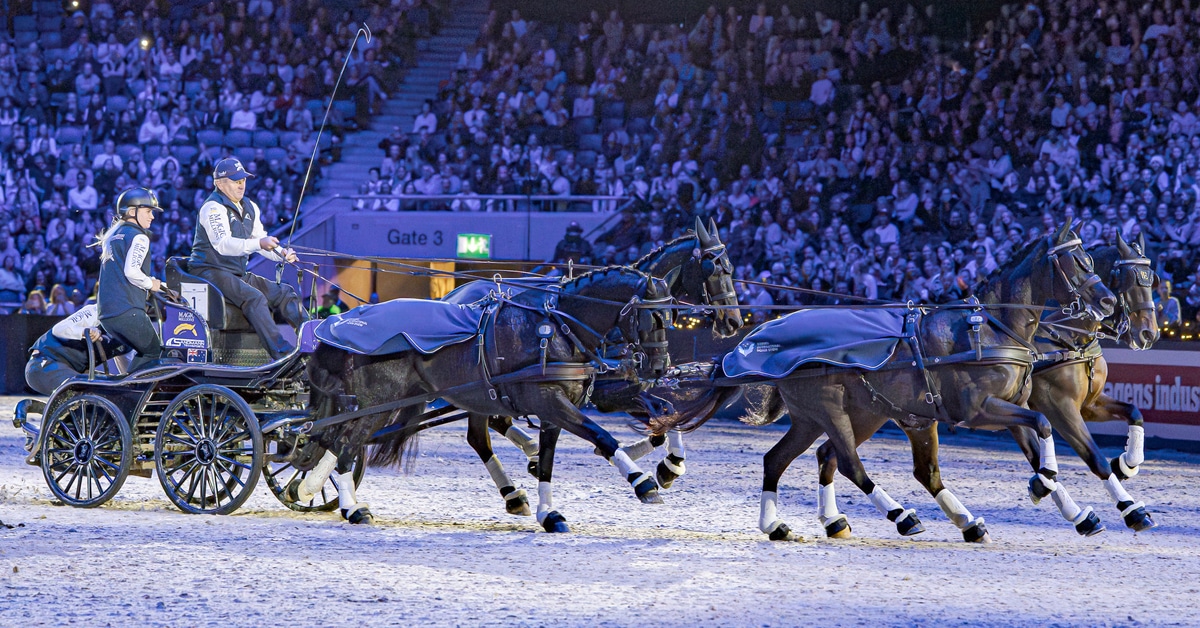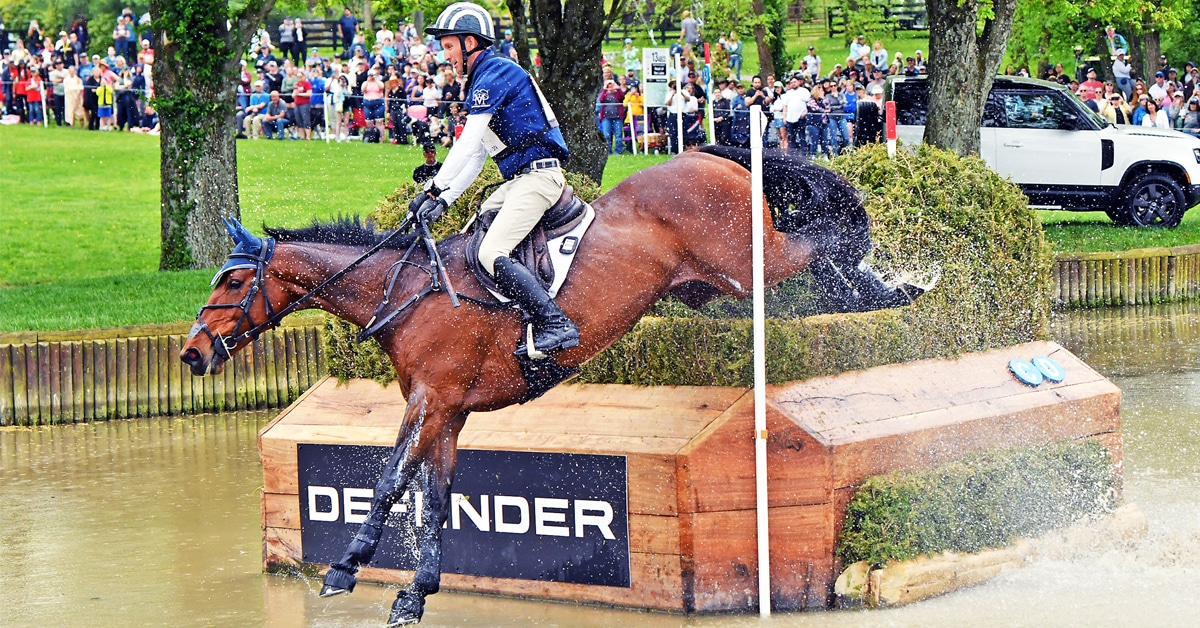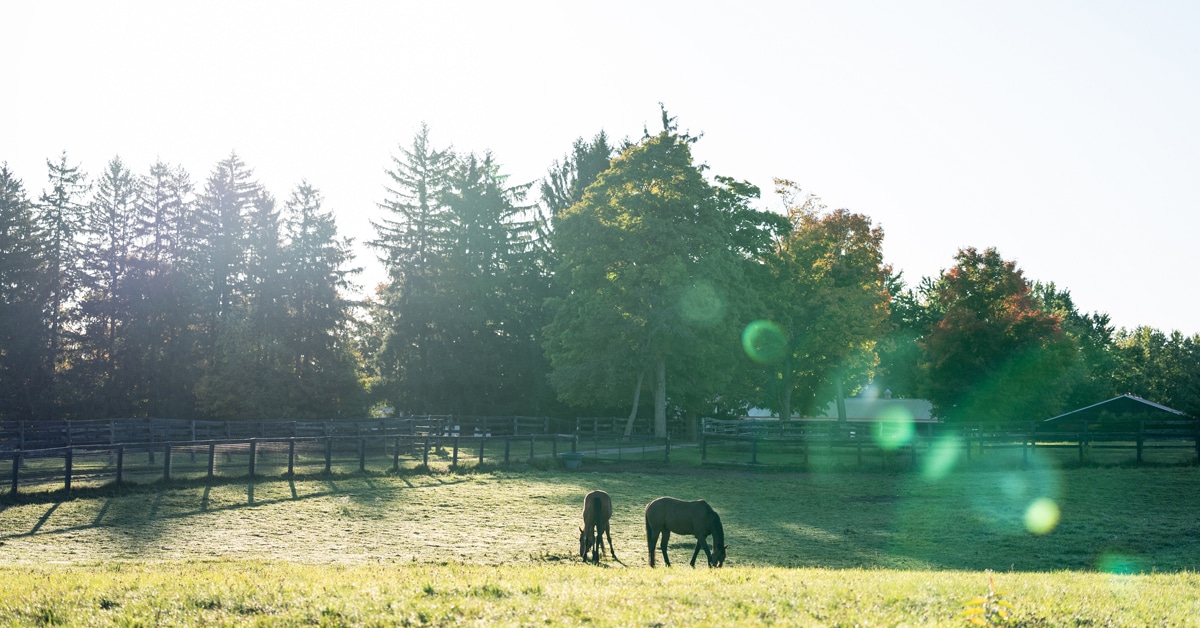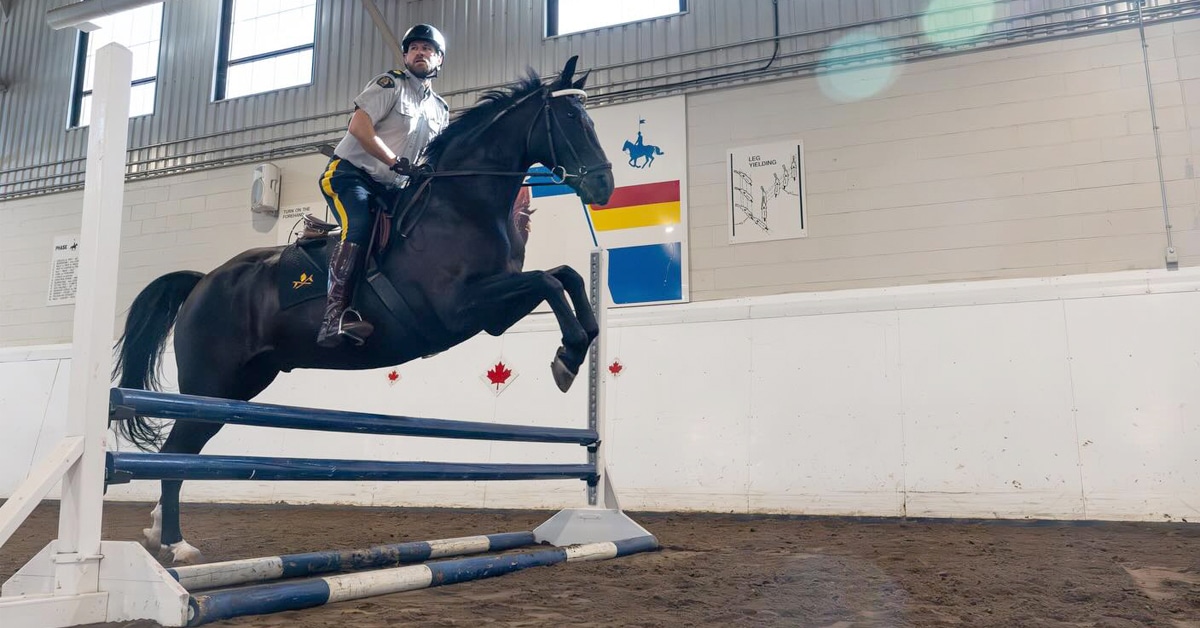Week 9 began with Tuesday’s viewing of VDL Stud’s exciting young jumper prospects, which had been flown in from The Netherlands several days previously. Seventeen horses were presented under saddle individually, each shown at the trot and canter and over jumps. The exuberant jumping and feisty behaviour by some of the horses was very entertaining – many eager jumpers were leaping as high as the standards! Two horses being sold as hunters were also in the group and were shown over a hunter type course of lower jumps.
Wednesday’s WEF young hunter classes were filled with entries – 33 in the Low Hunter 2’6″, providing stiff competition as they get more mileage over the past few weeks. One after another, ridden by experienced pros, cantered beautifully around the courses, making the judges’ job of placing them difficult.
“Understanding Forage, the Foundation of the Equine Diet ” was Thursday’s Lunch and Learn topic, sponsored by Nutrena and Pennfield Feeds. Abby Keegan discussed the importance of informed owners regarding the feeding of their horses. Horses get most of their food from fibre and food spends 48 to 72 hours in the hind gut. Because good ‘bugs’ break down soluble fibre and produce energy, it is important to choose feed that has live viable organisms to better digest the fibre we are feeding. For a 1,000 pound horse, 2% of his body weight should consist of hay, i.e. 20 pounds per feeding per day. A simple fish scale is recommended as the most important tool when feeding your horse. When feeding flakes of hay it is important to weigh flakes regularly, since the type of hay at a barn usually changes, as it can come from different sources and be cut at varying times of the year. Some hay flakes may be more compact and dense and other types may be course with more stems,etc. Every time hay is changed, new ‘bugs’ are introduced into the gut.
Saliva production is also an important factor as it naturally buffers the horse’s stomach and can help against ulcer formation. When a horse grazes all day he produces this important saliva, so a solution for horses in stalls a good part of the day is to feed hay in small-holed bags, which can take the horse more than twice as long to consume as feeding on the ground.
Good hay quality is also essential and taking hay samples presents a challenge. Hay in a barn can change frequently and you need to get a couple of months’ worth of an accurate sample (including leaves and stems). A qualified nutritionist is also needed to interpret the sample results and determine how much and what type of concentrate the horse needs to make up for any lack in vitamins and minerals. It’s about understanding what your hay does or doesn’t provide and supplying what is missing.
We want our horses to be able to use themselves, which makes the subject of top line muscles very important ( these have an effect on saddle fit as well). A high amino acid diet is essential for muscle definition over the top line and is more effective than any lungeing.
Three rules of proper nutrition were stressed – weigh the feed, weigh the horse and keep track of body condition and muscle.

Auction spectators watching both the horses in the ring and on large screens, which also showed the horses jumping from Tuesday’s viewing.
The long anticipated WEF Sport Horse Auction brought spectators and buyers, in smaller numbers than last year’s standing room only crowd, but enough to fill most of the tables in the VIP tent at the Global Dressage Festival venue. Refreshments were served, although many were too busy studying the 17 horses as they trotted and cantered individually around the main arena while listening to the announcer and trying to keep track of the auctioneer’s rapid fire delivery. Very few paddles were seen, as buyers chose to signal in a more subtle manner. In less than an hour and a half all horses were sold, with the top purchase price of $205,000 for Dylano, a gray son of Indoctro. Each owner then proudly appeared in the arena with their new horse for photos – Canadian Sue Grange among them. Seven horses sold for between $130,000 and $205,000.
On Sunday hunters showed what they are made of. Elizabeth Faraci on her stunning 5 yr old Warmblood gelding Posh captured the Adult Amateur 36-50 hunter division. This was Posh’s first show! Elizabeth purchased him at the end of the year as a stallion, had him gelded and worked with Scott Stewart, Ken Berkley and Sandy Ferrell to bring him to this point. Elizabeth has been impressed with Posh’s quiet manner and his amazing ability to focus.
The WEF grounds are becoming more colourful and inviting each week as the shrubs and flowers mature under the warm Florida sun, making it easy to forget about the frozen north and the Polar Vortex this winter.
More News









